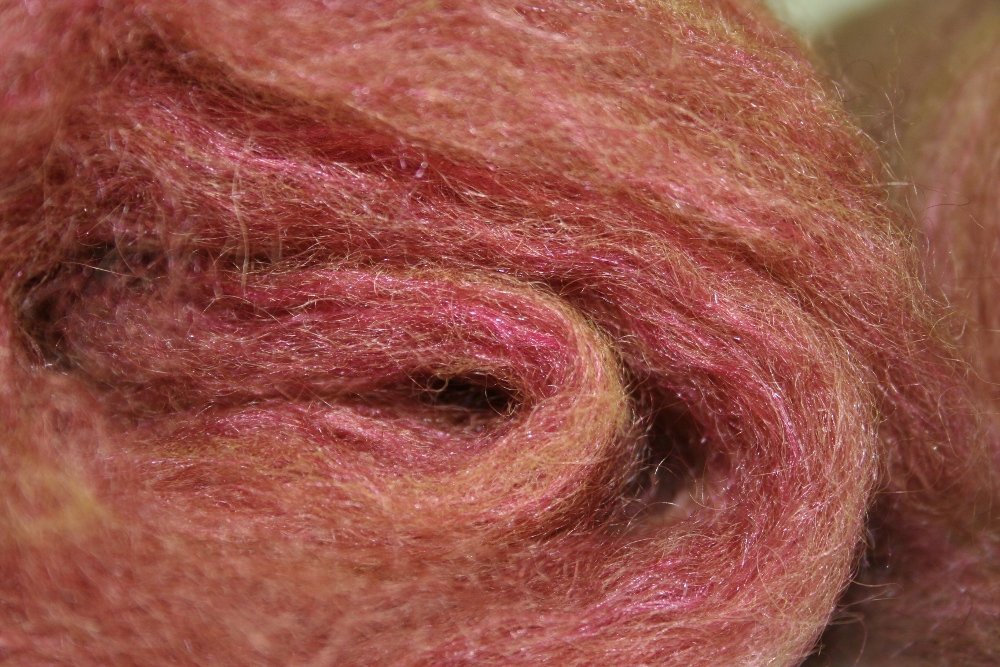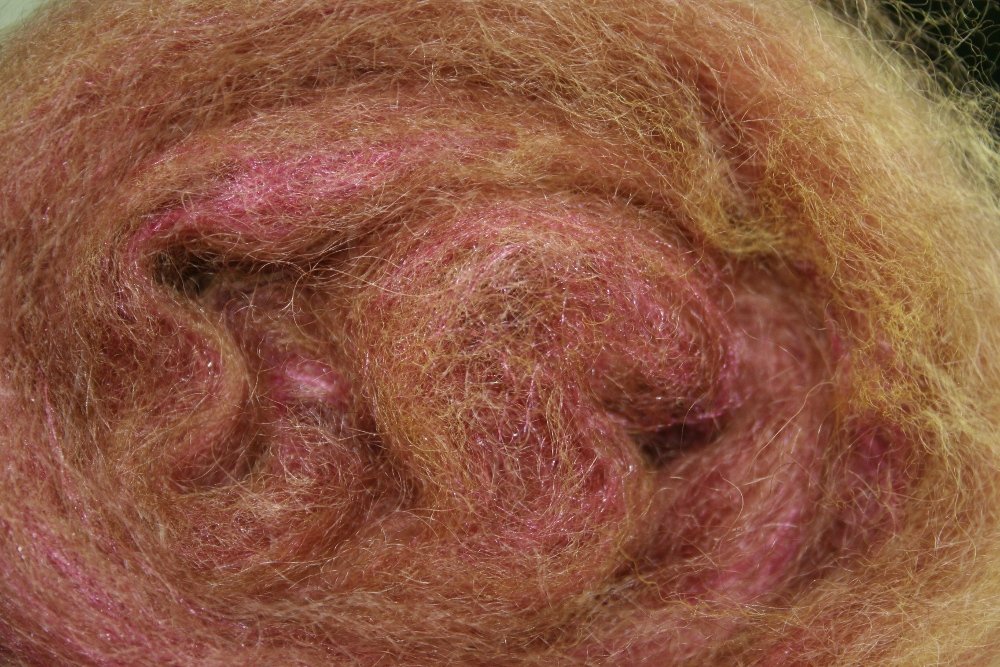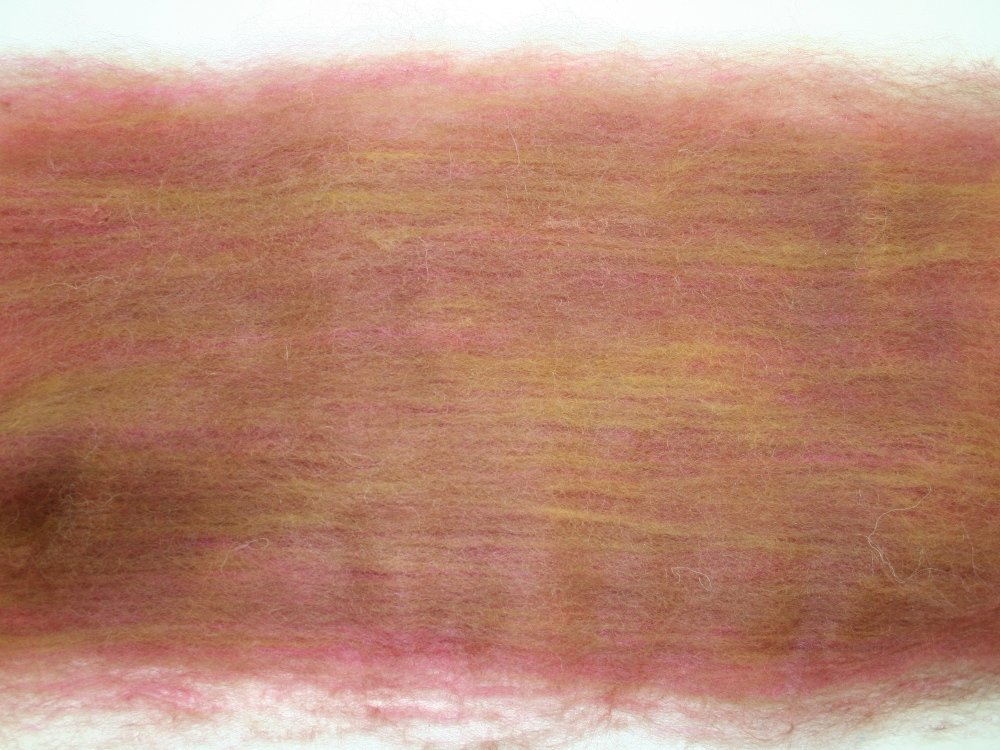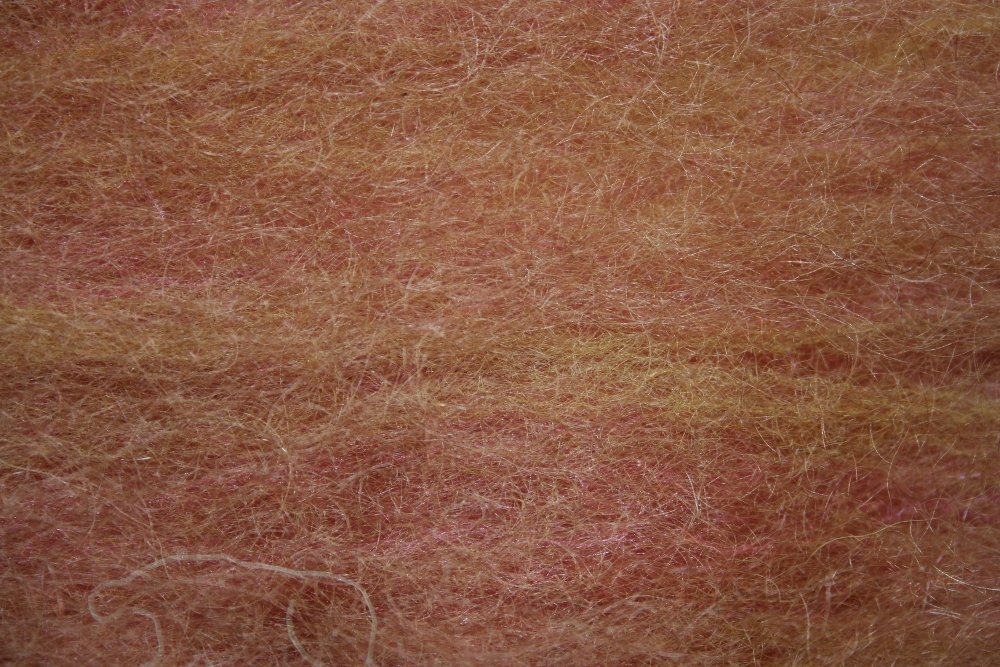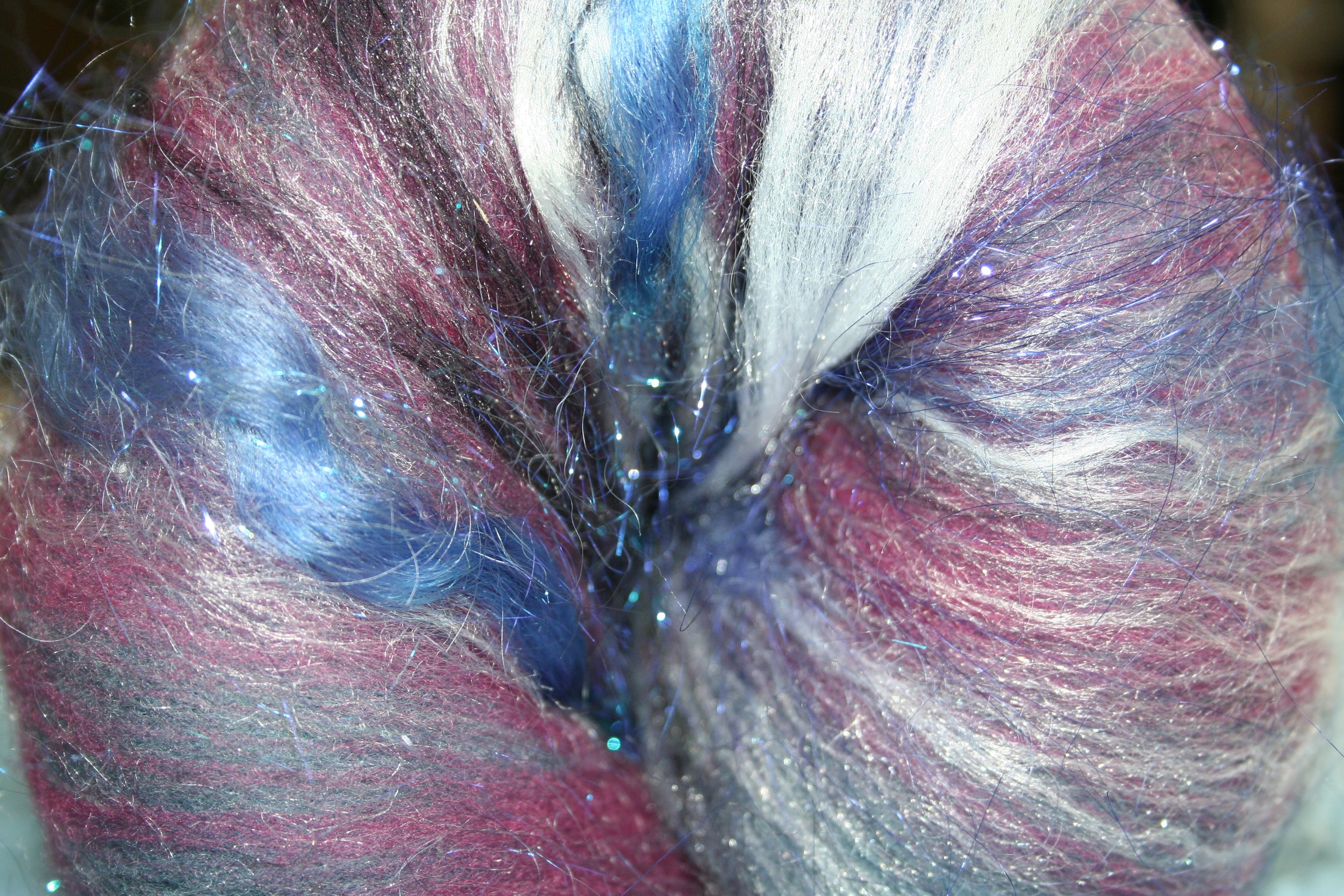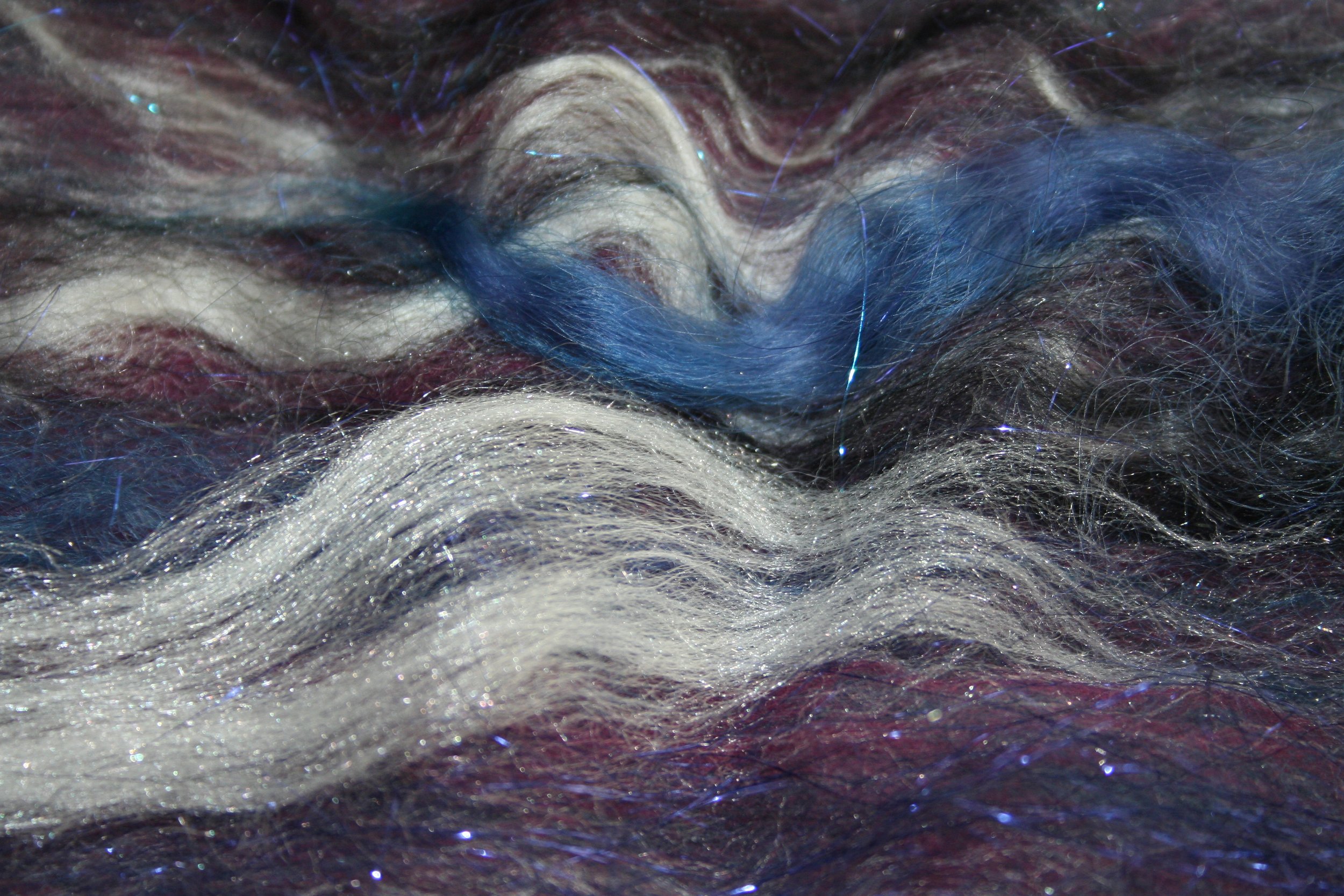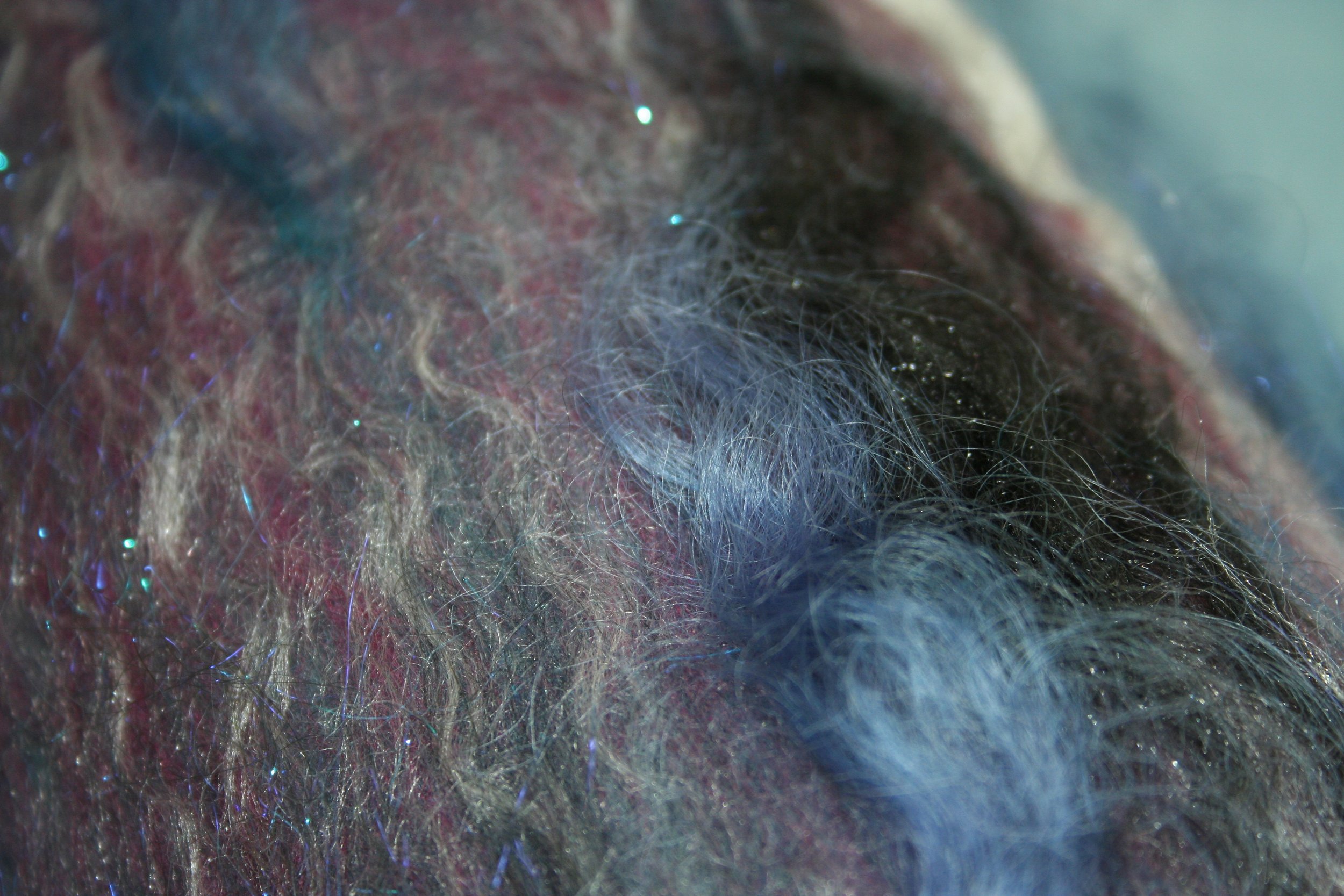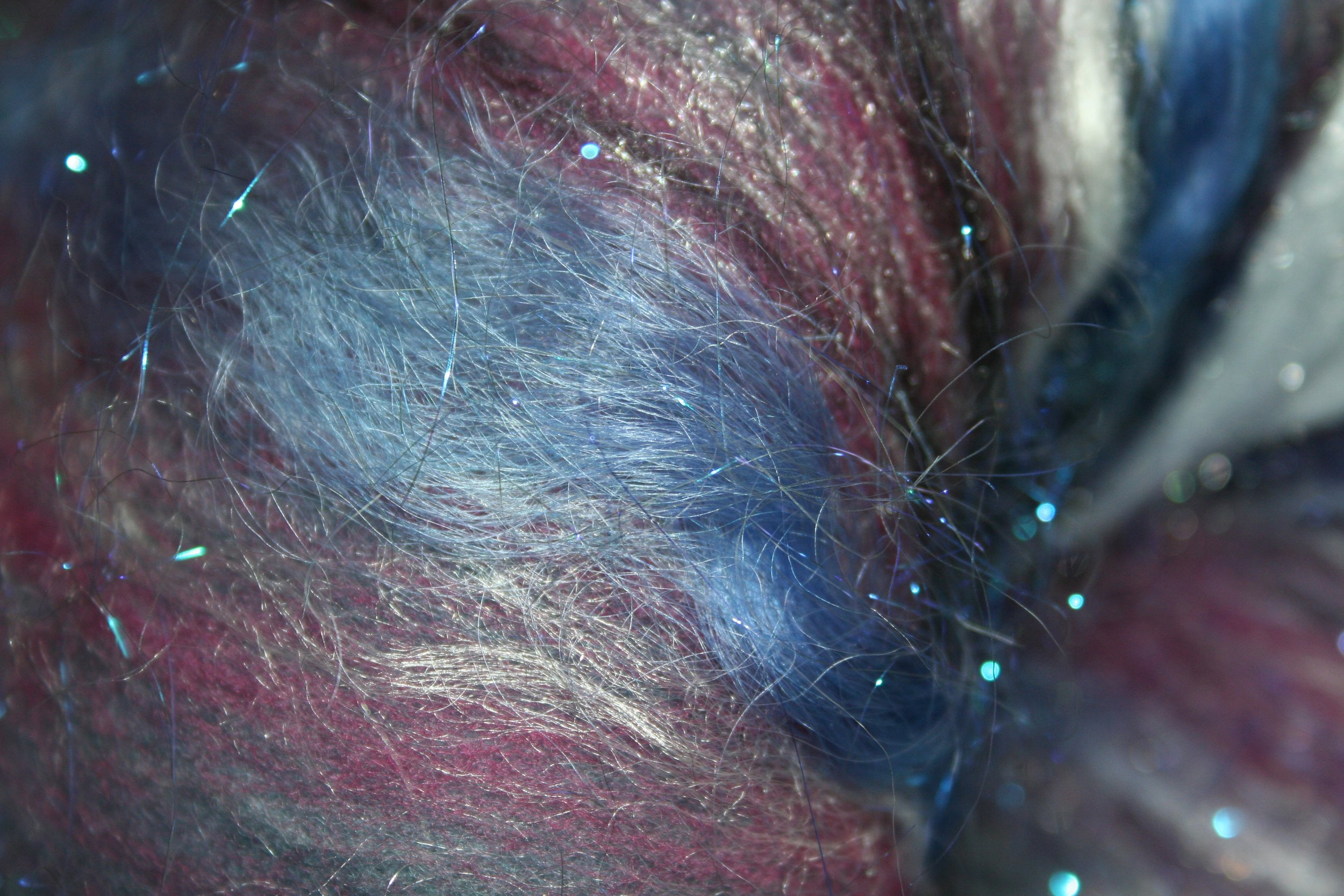Evolution of Product Photography
I spend a lot of my time in the quiet solitude of my house. I may be listening to a podcast (such as Critical Role) or a livestream of a video game (I’m really obsessed with Sims 4 right now), but my mental stimulation is highly focused on making batts, spinning yarn, or knitting. During this time, I think about little decisions, such as ‘what fiber do I want to lay on the carder next?’ or ‘did I mess up and need to unpick some stitches?’ I think about the schedule for my fibery day and when I need to stop so I can do house chores, family stuff, and exercise.
One thought that has been occurring to me a lot comes from having made so many batts to replace the ones sold during the holiday season. People purchase from online sources in greater frequency and percentage than they did ten years ago. I can easily say the same of myself. During the pandemic, this was literally our only option for many of the things we enjoyed being able to buy in person. Wool and Yarn shows shifted online, where vendors paid for a virtual space to share their wares and had a ‘spotlight’ feature as part of the show. From a buyer’s point of view, there was a virtually endless display of gorgeous opportunities for making something beautiful—they just needed to settle on a budget (let’s face it, this is our only limiting factor). As a seller, especially in an online market, this creates specific and difficult challenges.
As a seller, you need to photograph your products so they’re clear to see, the colors are accurate, and you provide a variety of angles so buyers know what they’re getting. A good light source and a decent camera will help you achieve this goal. This takes practice and having some knowledge of framing a composition will help the buyer see what you see. Back when I first launched my Etsy shop in early 2011, this was sufficient to get a steady stream of sales. I called this pink batt ‘Hazy Sunset’:
I called this other batt ‘Blue White Pink Pizza batt’; aside from the terrible and unimaginative naming scheme (a topic for discussion later!), I can’t tell you why anyone would buy these batts.
Sure, you might argue that it was ‘good enough’ and people who bought products online in 2011/2012 accepted the wild card that was buying online. And maybe, too, there was an element of surprise that gave these buyers a thrill. But, importantly, I don’t think I could post these photos in my shop and get any traction with them.
This leads me to the question of what people are really buying when they purchase from a wool shop. There are loads of reasons I’m sure, like brand loyalty or a color that just speaks to you, but I think they’re buying something else when they click on your products. They are buying an idea, the potential for something beautiful, but they aren’t buying it with currency. As a seller, I am not merely selling you a beautiful batt or dyed braid or handspun yarn; I am also selling you a hit of dopamine. As your eyes gaze over the image, your brain is absorbing the aesthetics of color, texture, and the fantasy of this product. Clicking on the image to see it in closer detail is always there as a feature, but I imagine many of you double tap an Instagram photo while scrolling through your home feed and barely register that your brain is being stimulated for this purpose.
Okay, before we get TOO serious here, nothing I am saying is completely new. I’ve spent a fair amount of time understanding the theories surrounding the commoditization process, how it arises and how cultures dictate and circumvent their own rules governing this process. This is discussed in archaeology, anthropology, sociology, and in many other disciplines. So, as I am standing at the drum carder and looking at the product (photo) that will eventually make its way into my shop, I am confronted with the two different products I am selling. Freshly pulled off my carder, this batt is fluffy and pretty and will be spun up into something gorgeous. The simplicity of the carding process has accentuated all the lovely features of the wool and silk, which is heightened by the sparkly glint of angelina fibers. But as you know from having looked at my shop, I don’t snap a photo at this stage, price the listing, then publish the product online.
Close-up of drum carded wool.
I go through a second stage where I present the batt in the best possible light—literally. I bought studio lights so I could streamline the photographing and editing stages of listing products for my shop. Buying a mid-tier setup has taken me from my earliest batts to my latest batts, which gives me the potential to sell you twice. That is, I am presenting the batt as accurately as I can but I am also selling you the beauty and imagination that comes with this batt. The only difference is, I do not earn anything when buyers come to my shop or Instagram and favourite/heart/like my products, but they buyers still come away feeling satisfied (or do they?).
Product photo of the same batt from above.
Since I’d rather keep this post short, I won’t start on other peripheral topics that are related to this one, but I do think there’s a larger amount of pressure applied to craftshops (not just wool!) to make their images desirable in 2022, that wasn’t present in 2012. Notice that I didn’t say ‘products’, I said ‘images’. There will always be those shops that can have mediocre images because their brand name, free gift with purchase, prices, etc., contribute to the reasons why buyers choose those shops. Less famous shops, like mine (tough for me to admit, but there ya go!), rely more heavily on marketing strategies that drive traffic. This very much includes the discussion point I raised, which was the reality that I need to sell the same batt twice.
To underscore this point, my Etsy shop stats doubled in viewership from 2020 to 2021, and nearly doubled again from 2021 to 2022. The pandemic certainly gave me a boost in early 2020, but it doesn’t explain my current viewership. I have always maintained around 80-120 products when I’ve been in regular production mode, so the pandemic hasn’t had a huge impact. When Etsy began showing ‘X number of people have this item in their shopping cart’, I found that most of my products weren’t coveted by most people. I would occasionally have one product that was stashed in a shopping cart by a few people, but it wasn’t a regular occurrence. In 2021 to present, I have noticed a larger uptick of this phenomenon. It also coincides with buying better equipment (lighting and camera), not having more beautiful products (necessarily).
I have also been posting these highly professional photos on Instagram, a change from my early posting scheme that resulted in mediocre photos from my phone camera. Products that had mediocre photos were photographed again, resulting in many of these revamped products being sold not longer afterwards. Nothing changed about these products, it was just the imagery that changed.
In summation, I find the evolution of product photography and consumer habits quite fascinating. It makes me reflect more deeply on myself as a consumer and what I am communicating to the seller through my actions, and how my behaviour is influencing the economies of small craft shops. There is a lot of anxiety wrapped up in owning and operating a craftshop and it can be very frustrating trying to understand and use analytics that help convert ‘window shoppers’ into buyers. Stepping back and thinking about how we present products and understand how the analytics relate to our revenue streams can be extremely enlightening.
I know there’s a lot I didn’t cover in this post. I’m not sure you liked reading it. But if this provoked a reaction in you, I’d love to hear about it. When you’re ready to replenish your stash, please consider buying from wonderful sellers on Etsy or their own websites first, before going to the big box stores of the fiber arts world. I know I’d want you to buy a beautiful dream.
Product photo of the same batt from above.
